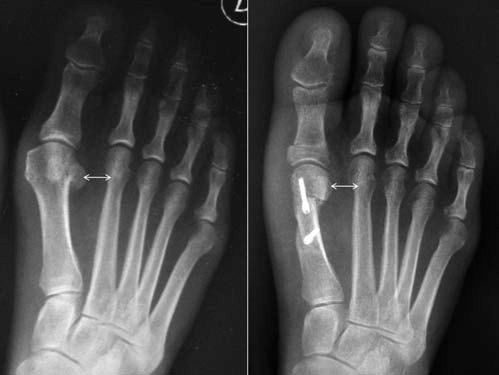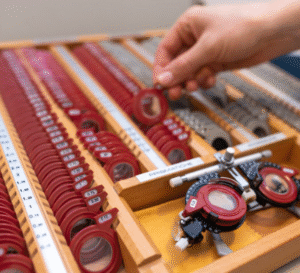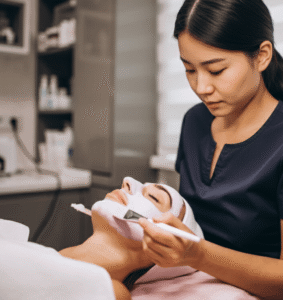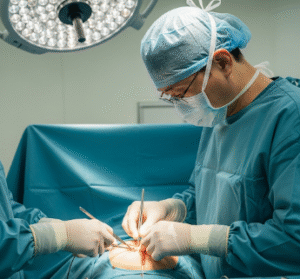Overview
Hallux valgus, commonly known as a bunion, is a deformity of the big toe joint, where the big toe deviates toward the smaller toes, creating a bony bump on the side of the foot. This condition can cause pain, difficulty walking, and problems wearing shoes.
In Korea, hallux valgus is frequently observed due to modern footwear choices, such as narrow-toed shoes and high heels, as well as genetic predisposition. Korean hospitals offer advanced imaging, conservative care, and minimally invasive surgical options for effective treatment.
What is Hallux Valgus?
Hallux valgus is a structural foot deformity involving lateral deviation of the big toe and medial prominence of the first metatarsal head. It can be mild or severe and may be associated with arthritis or other foot conditions. The deformity can lead to pain, swelling, and callus formation.
Symptoms
- Visible bony bump on the side of the big toe
- Pain or tenderness at the joint, especially when wearing shoes
- Swelling and redness around the big toe
- Limited movement of the big toe
- Calluses or corns on the foot due to friction
- Difficulty walking or participating in sports
Causes
- Genetic predisposition or family history of bunions
- Wearing tight, narrow, or high-heeled shoes
- Foot mechanics abnormalities (flat feet, excessive pronation)
- Arthritis affecting the toe joint
- Repetitive stress or trauma to the foot
Risk Factors
- Female gender, especially middle-aged and older women
- Use of high-heeled or tight footwear
- Family history of hallux valgus
- Pre-existing foot deformities
- Obesity or activities that place stress on the feet
Complications
- Chronic pain and discomfort
- Difficulty walking or participating in physical activities
- Development of bunion-related arthritis
- Hammertoe or other toe deformities
- Skin problems such as corns or ulcers over the bunion
Prevention
- Wearing properly fitted shoes with wide toe boxes
- Using cushioned insoles or orthotics
- Avoiding high heels or shoes that squeeze the toes
- Performing toe and foot exercises to strengthen muscles
- Early evaluation and treatment if deformity begins to develop
Treatment Options in Korea
Diagnosis
- Physical examination of the foot and toe alignment
- X-rays to assess the severity of the deformity
- Gait analysis to evaluate foot mechanics
- Assessment for associated arthritis or joint problems
Medical Treatments
- Conservative care: padding, bunion splints, and footwear modifications
- NSAIDs for pain and inflammation management
- Orthotic devices to correct foot alignment and reduce stress
- Physical therapy to improve foot strength and flexibility
Surgical or Advanced Therapies
- Bunionectomy: removal of the bony prominence
- Osteotomy: realignment of the toe bones
- Arthrodesis or fusion for severe arthritis
- Minimally invasive and robotic-assisted surgeries increasingly available in Korea
- Post-surgical rehabilitation programs to restore function
Rehabilitation and Support
- Gradual return to walking and weight-bearing activities
- Foot exercises to maintain flexibility and strength
- Education on proper footwear and activity modifications
- Regular follow-up to monitor recurrence













